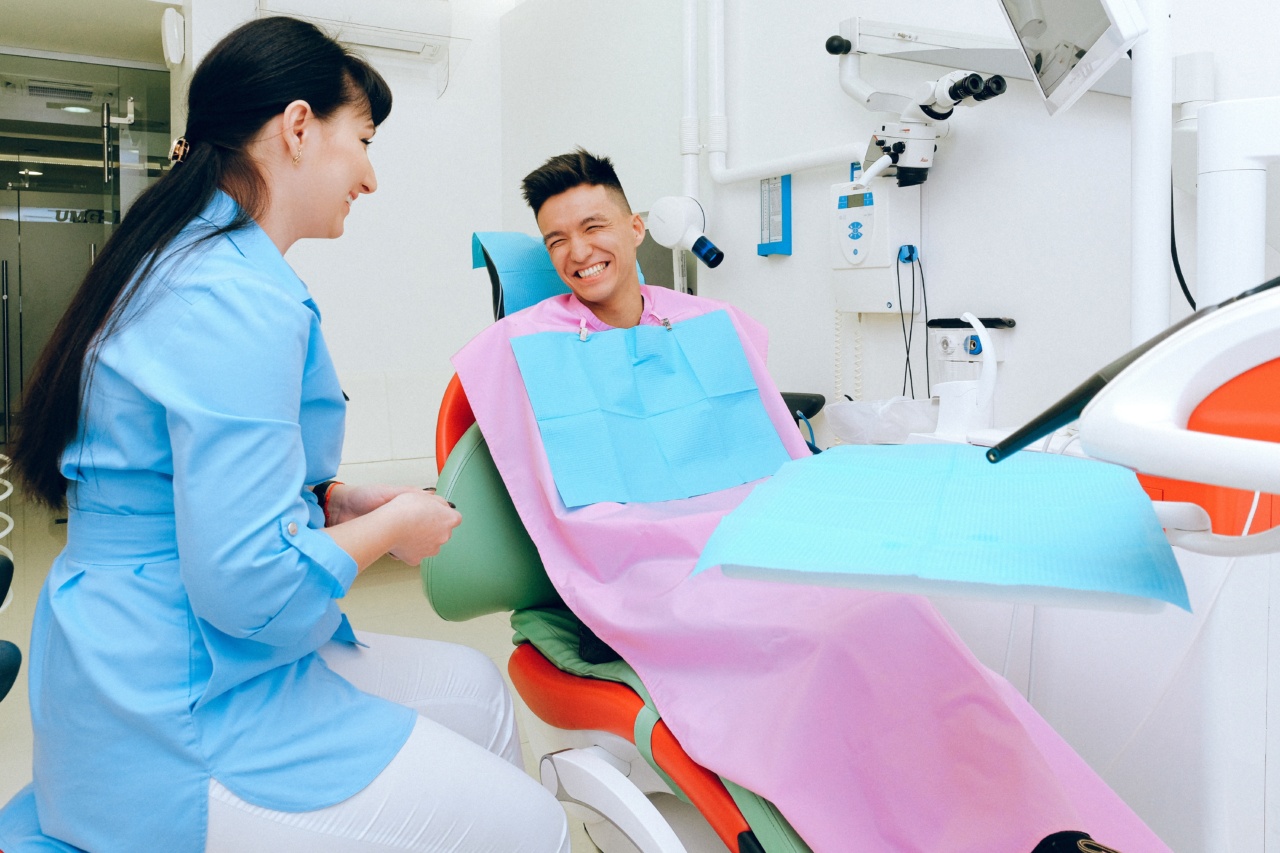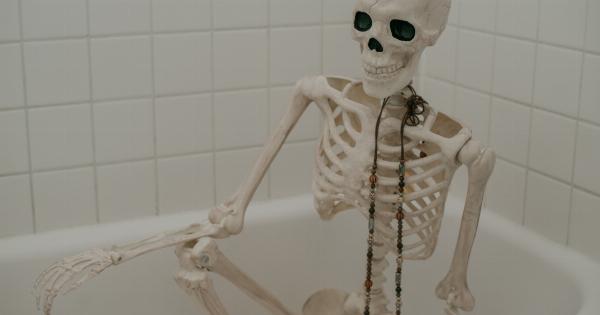Bell’s Palsy is a condition that affects the facial muscles, causing temporary weakness or paralysis on one side of the face.
It is characterized by an inability to control facial muscles, resulting in drooping of the mouth or eyelid, difficulty in closing the eye, and changes in taste sensation. This condition usually occurs suddenly and is often mistaken for a stroke due to similar symptoms.
Diagnosis
Diagnosing Bell’s Palsy involves a thorough examination of the patient’s medical history and a physical examination. The doctor may also perform various tests to rule out other possible causes of facial weakness or paralysis.
Medical History
During the diagnosis, the doctor will inquire about the patient’s symptoms, when they began, and if there were any precipitating factors.
They will also ask about the patient’s medical history, including any previous occurrences of facial weakness or nerve-related conditions. It is crucial for the doctor to know if the individual has experienced any recent infections or injuries that may have triggered the onset of Bell’s Palsy.
Physical Examination
The doctor will conduct a thorough physical examination, focusing on the facial muscles and nerves. They will assess the extent of weakness or paralysis, the affected areas, and any related symptoms.
The examination may include tests to evaluate facial muscle strength, control, and coordination.
Clinical Tests
To confirm the diagnosis and rule out other conditions, the doctor may order certain clinical tests:.
1. Electromyography (EMG)
This test measures the electrical activity of muscles and can help determine if the facial muscles are paralyzed or weakened due to nerve damage.
2. Imaging Tests
An MRI or CT scan may be recommended to rule out other conditions such as tumors, infections, or blood vessel abnormalities that can cause facial paralysis.
3. Blood Tests
Various blood tests may be conducted to check for underlying conditions, such as infections or autoimmune disorders, that may be causing the facial weakness.
Treatment
The primary goal of Bell’s Palsy treatment is to reduce inflammation, promote nerve regeneration, and restore normal facial muscle function.
The specific treatment approach may vary depending on the severity of symptoms and the individual’s overall health.
Medications
Doctors often prescribe medications to alleviate symptoms and help speed up recovery. These may include:.
1. Corticosteroids
Oral corticosteroids, such as prednisone, are commonly prescribed to reduce inflammation and swelling of the facial nerve.
Early initiation of corticosteroid treatment has been shown to significantly improve outcomes for individuals with Bell’s Palsy.
2. Antiviral Drugs
In some cases, antiviral medications like acyclovir may be prescribed, especially if there is evidence of a viral infection triggering the condition. However, the effectiveness of antiviral drugs in Bell’s Palsy treatment remains controversial.
Physical Therapy
Physical therapy plays a crucial role in restoring facial muscle function and preventing complications associated with Bell’s Palsy. Therapies may include:.
1. Facial Exercises
A physical therapist may teach the patient specific facial exercises to improve muscle strength, control, and coordination. These exercises involve various movements and expressions to target specific facial muscles.
2. Massage
Massaging the affected areas using gentle circular motions can help improve blood circulation, reduce muscle tension, and promote nerve healing.
Eye Protection
Protecting the eye on the affected side is crucial as Bell’s Palsy can cause difficulty in closing the eyelid completely.
To prevent eye dryness, irritation, and safeguard against corneal damage, ointments, lubricating eye drops, or the use of an eye patch may be recommended.
Surgery
In rare cases where Bell’s Palsy causes severe facial weakness or fails to resolve with non-surgical treatments, surgical interventions may be considered.
These may include procedures to improve eyelid closure, correct muscle imbalances, or relieve pressure on the facial nerve.
Recovery and Prognosis
The majority of individuals with Bell’s Palsy experience a spontaneous recovery within three to six months. However, the rate of recovery can vary widely, and some individuals may require additional supportive measures.
It is essential to closely follow the doctor’s recommendations, attend regular check-ups, and adopt a healthy lifestyle to improve overall well-being.
Conclusion
Diagnosing and treating Bell’s Palsy requires a comprehensive approach, involving a detailed medical history evaluation, physical examination, and, in certain cases, clinical tests.
Prompt treatment with corticosteroids and other supportive therapies can often lead to favorable outcomes, although the rate of recovery can differ for each individual. With proper care and management, individuals with Bell’s Palsy can regain normal facial muscle function and resume their daily activities confidently.





























